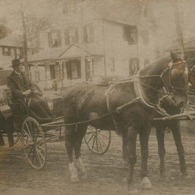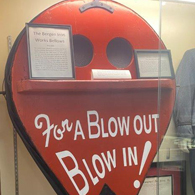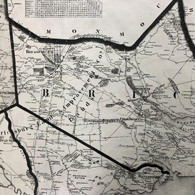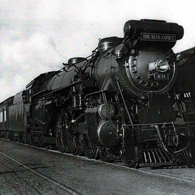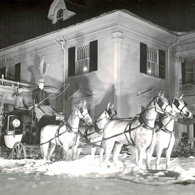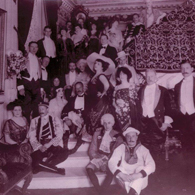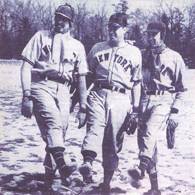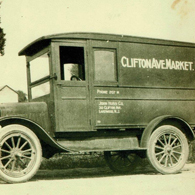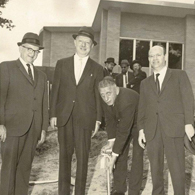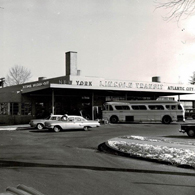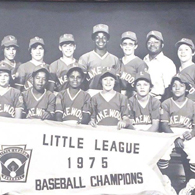
Several magnificent hostelries were constructed during the ensuing decades, among them were the Laurel-in-the-Pines and the Lakewood Hotel, both of which opened their doors in 1891. The Lakewood Hotel was once the winter headquarters of Tammany Hall, in the days of Richard Croker. It stayed open long after the season closed, to enable President Cleveland to pass his dying days as peacefully as possible. In addition, it served as a rest and rehabilitation center for the wounded of World War I. The hotel was built by a syndicate headed by Nathan Strauss and its structures covered 14 acres between Clifton Avenue and Lexington Avenue. In addition to the great hotels, Lakewood saw the establishment of a large number of magnificent homes, including the John D. Rockefeller Estate, now Ocean County Park; and the Grover Cleveland Cottage, formerly located on Lexington Avenue, north of Carey Street. Socialites, such as the Packs, the DeForests, the Willocks and the Lynches, settled here.
By 1891, the village of Lakewood was the largest in the Township of Brick. However, the surrounding villages of Greenville, Herbertsville, and Bethel (Southard) produced most of the governing officials. As a result, the village of Lakewood received little attention. This led to the movement to establish the village itself as a Township and on March 23, 1893, the Township of Lakewood was created and incorporated by the State Legislature pursuant to Chapter CXXXI, Laws of 1892. The initial Township Committee was composed of Luke Johnson, Chairman, Charles Dix and John Lane. The Township Clerk was John B. Peters. The Freeholder Representative was William J. Harrison; the Assessor, Richard B. Robbins; the Overseer of the Poor, Isaac K.L. Hyers; Surveyors of the Highways, Frank Housen and Joseph A. LeCompte; Justices of Peace, Abner Gant and Thomas J. Sprowl; Constables, Charles W. Crane and John D. Fogarty.

